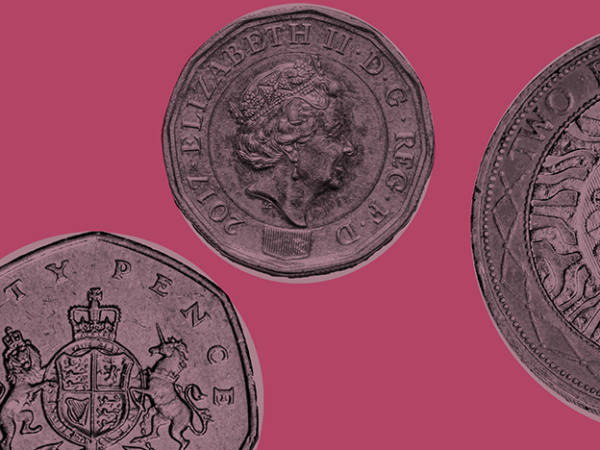That prompts the first question: what, precisely, is an investment theme? If we define a theme as a 'unifying idea', then the notion becomes clearer. An investment theme must be about more than just putting capital into a particular stock market or even a stock market sector. It involves drawing together strands from several sources, be they countries, stock market sectors or even asset classes. There is an element of horizontal unification. Thus - to give a simple and familiar example - investing in emerging markets counts as thematic investment because it ranges across many countries.
Most investment themes are more complex than that, as was the case with profiting from ageing. That particular issue is tackled by an exchange traded fund (ETF) within the iShares stable of ETFs - iShares Ageing Population (AGES). This fund was launched simultaneously with three others that tackled the so-called 'mega trends' - "powerful, transformative forces that could change the global economy, business or society", according to the marketing spiel.
Basic details of these ETFs - and some others - are shown in the table. As with almost all ETFs, these funds track stock market indices. What's unusual about these iShares funds is that the indices were specifically built so the ETFs could be created. Each ETF entails investing across both countries and stock market sectors. Thus iShares Automation & Robotics (RBTX) tracks an index whose equity components range across the globe (although 35 per cent are from the US and 27 per cent from Japan) and are drawn principally from two sectors - information technology (70 per cent) and industrials (28 per cent).
Even assuming that investment themes are important, it's still worth asking: how many themes can be packed into one portfolio? Put that notion the other way around and we can conclude that a portfolio that holds too many thematic funds might just as well hold one market fund because that - more or less - is what it will end up holding. That possibility becomes more likely if some sectoral or country ETFs are in the mix. Throw in some so-called 'smart beta' funds - which, for example, minimise volatility or maximise momentum - and an investor can compile a portfolio that looks jolly clever but, quite likely, will perform no better than a general purpose global market index, say the MSCI ACWI index that tracks both developed and emerging markets.
The obverse of this is that ETFs that should be different end up being quite similar. Take two thematic ETFs shown in the table - iShares Healthcare Innovation (DRDR) and iShares Ageing Population. Intuitively, it is easy to see the overlap between the two and, indeed, the largest holdings in the healthcare ETF - Ionis Pharmaceuticals (US:IONS) and Seattle Genetics (US:SGEN) - are two of the three biggest holdings in the ageing population fund. Also, both have their biggest exposure to the US followed by Japan and South Korea. Whether that will pan out to similar performance remains to be seen - the funds were only launched in September and so far have diverged.
Then there is the interesting comparison between iShares Automation & Robotics (RBTX) and ETFS Global Robotics (ROBG), two funds that pursue the same theme via different indices with very different components. The iShares fund tracks an index run by Stoxx, while the ETFS fund follows the Robo Global Robotics & Automation index. None of the top 10 holdings in either fund features in the other, although their country breakdown is similar - the US and Japan provide over 60 per cent of exposure in both cases. Despite the lack of overlap, both indices have generated a 31 per cent return in the past 12 months with similar volatility. True, no sane investor is going to put both ETFs into the same portfolio. As to which should be preferred, however, that's guesswork. In the end, the lower expense ratio for the iShares fund may be the telling factor (see table).
Probably more than anything, what these thematic funds underline is the usefulness of ETFs to a diversified portfolio. We have got used to the idea that ETFs bring cheap and easy exposure to equity indices fixed-income stocks. Arguably, less appreciated is the opportunities they bring in currencies and commodities. Arguably, the portfolio of every UK-based investor should include currency diversification, which ETFs can supply. As to commodities - apart from offering natural exposure to the US dollar - effectively they add to the choice of sectors. On top of this, thematic funds dip into various sectors to provide further fine-tuning, which is great. Roll on the ETFs that tackle the less liquid but, nonetheless, pressing risks that investors face - incomes or house prices, say. That will be the ultimate challenge.
| Some thematic exchange traded funds | ||||
|---|---|---|---|---|
| Fund | Code | Structure | Expense ratio (%) | Distributing |
| iShares Ageing Population | AGES | Physical | 0.4 | No |
| iShares Automation & Robotics | RBTX | Physical | 0.4 | No |
| iShares Digitalisation | DGIT | Physical | 0.4 | No |
| iShares Healthcare Innovation | DRDR | Physical | 0.4 | No |
| ETFS Global Robotics | ROBG | Physical | 0.8 | No |
| EFTS US Energy Infrastructure | MLPX | Synthetic | 0.25 | Yes |
| ETFS ISE Cyber Security | ISPY | Physical | 0.75 | No |
| Amundi MSCI Europe Minimum Volatility | MIVO | Physical | 0.23 | Yes |
| Lyxor JP Morgan Europe Momentum | LYXM | Synthetic | 0.3 | No |











